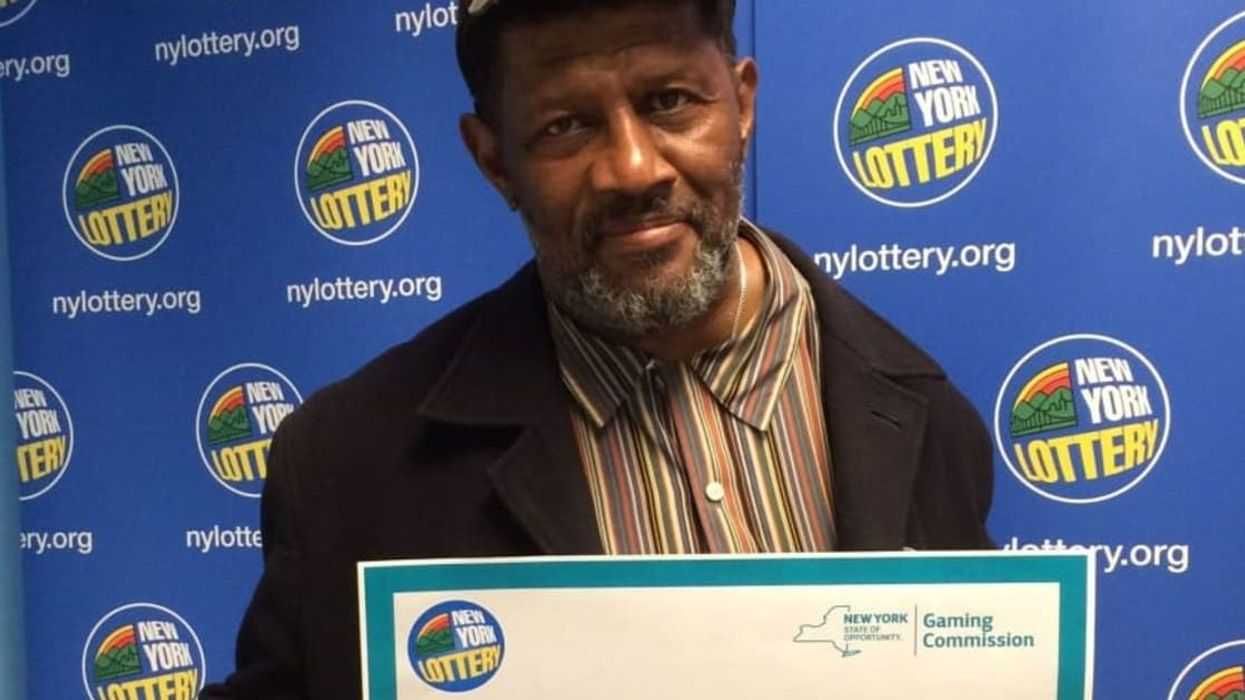Eleni Gabre-Madhin knows that efficient markets can save lives.
In 1984, she was an undergrad studying economics at Cornell when a famine struck in Ethiopia, her homeland. Researching the unfolding tragedy for a paper, she stumbled on an alarming, seemingly impossible fact: Even as 1 million people in the country's northern reaches starved to death, there were grain surpluses in the south. But there was simply no way for grain growers to know exactly where their grain was needed. Food was rotting in the fields."Lives could have been saved," she says. "It was really just an unrecognized market failure." In the following two decades, she's tried to solve that problem. The fruit of her effort, the Ethiopian Commodities Exchange (which she spoke about at TED, two years ago), just began trading last year, and the process of setting it up will soon be recounted in two outlets: First, in a chapter of Enough: Why the World's Poorest Starve in an Age of Plenty by Roger Thurow and Scott Kilman, which comes out next month.And second, in The Market Maker, a Wide Angle documentary that airs on PBS, on July 22.The Ethiopian famine exposed a problem endemic to Africa. Abroad, centralized markets grade and standardize commodities such as grain, so that they can be easily bought and sold-that was the original purpose of the Chicago Board of Trade, when it was founded in 1848. But without such a market, African traders do business only with familiar connections rather than distributing their goods to whomever needs them most.Gabre-Madhin uncovered those dynamics through years of field research, in transaction-cost economics. "Instead of studying prices like most economists do, I studied the bottlenecks," she says. "That got me into the heads of the traders, and attuned to the risks and costs of moving grain in African countries." In Ethiopia and across Africa, she realized that everyone would be better off if the market were formalized so that every trader had better information about supply and demand, much like commodities markets across the world.After finishing her Ph.D. in 1998, she spent the next four years trying to publicize her ideas, without luck. And that's when another famine came along, in 2002. Again, Gabre-Madhin noticed a surplus the year before, of 300,000 tons of grain. Prices collapsed, and farmers stopped investing in plantings. They didn't save either: No central market meant no trade futures, like we have in the United States-that is, options to buy commodities in the future, which create incentives to save harvests. By the next year, a famine was looming. The shortfall? Three hundred thousand tons of grain.Fortunately, famine was averted when international food aid flowed in. Thanks to public activism in the 1980s, such as Live Aid, the international community has been more vigilant about famines. But the disaster got Gabre-Madhin noticed. "The country asked, What happened? We did all of these things since 1984, and we have this famine again," she says. At a World Bank conference, the Ethiopian Prime Minister sat in for one of her talks, and he made market development a priority. As a result, Gabre-Madhin moved to Ethiopia to build the ECX in 2005.Since then, the ECX has rapidly won over traders, but that explosive growth has made for grueling work. The Market Maker picks up the story at a turning point last December when, at the government's behest, the ECX expanded to include coffee-a crop that has an almost spiritual importance in Ethiopia, while also accounting for 50 percent of its exports, at $500 million a year.For her part, Gabre-Madhin has had to proselytize for her grand vision while tackling vanishingly small details: In one crucial scene, she arrives at a newly opened coffee exchange warehouse, and-doctorate be damned-duly gets to work, documenting leaks in the ceiling. Details like these are now Gabre-Madhin's biggest challenge. "Getting people to understand is one problem," she says. "But getting them to adapt even when they understand is the biggest challenge."UPDATE: The name of the documentary, originally The Exchange, has been changed to The Market Maker. The text of this piece has been changed to reflect the new title.Photos courtesy Yemane Tsegaye, ECX, and flickr user (cc) mrflip
















 Otis knew before they did.
Otis knew before they did.